THE PENGUIN HISTORY OF EUROPE
General Editor: David Cannadine
I. SIMON PRICE AND PETER THONEMANN: The Birth of Classical Europe: A History from Troy to Augustine
II. CHRIS WICKHAM: The Inheritance of Rome: A History of Europe from 400 to 1000
III. WILLIAM JORDAN: Europe in the High Middle Ages
IV. ANTHONY GRAFTON: Renaissance Europe
V. MARK GREENGRASS: Christendom Destroyed: Europe 15171648
VI. TIM BLANNING: The Pursuit of Glory: Europe 16481815
VII: RICHARD J. EVANS: The Pursuit of Power: Europe 18151914
VIII. IAN KERSHAW: To Hell and Back: Europe 19141949
IX. IAN KERSHAW: Roller-Coaster: Europe 19502017
already published
Ian Kershaw
ROLLER-COASTER
Europe, 19502017

ALLEN LANE
UK | USA | Canada | Ireland | Australia
India | New Zealand | South Africa
Allen Lane is part of the Penguin Random House group of companies whose addresses can be found at global.penguinrandomhouse.com
First published 2018
Copyright Ian Kershaw, 2018
The moral right of the author has been asserted
Author photograph: Mark Kohn, Hollandse Hoogte
ISBN: 978-0-241-18717-3
List of Illustrations
. The Aldermaston march, April 1958 (Bentley Archive/Popperfoto/Getty Images)
. Checkpoint Charlie, Berlin, 1953 (PhotoQuest/Getty Images)
. Konrad Adenanauer and Robert Schuman, 1951 (AFP/Getty Images)
. Crowds at Stalins funeral, 1953 (Keystone-France/Gamma-Keystone via Getty Images)
. President Tito and Nikita Khrushchev in Belgade, 1963 (Keystone/Hulton Archive/Getty Images)
. Soviet tank destroyed in the Hungarian uprising of 1956 (Sovfoto/UIG/Getty Images)
. Algerian Harkis arriving in France, 1962 (STF/AFP/Getty Images)
. Simone de Beauvoir and Jean-Paul Sartre in Rome, 1963 (Keystone-France/Gamma-Keystone via Getty Images)
. Little Richard on tour in Germany, 1962 (Siegfried Loch K & K/Getty Images)
. Carnaby Street, London (Jean-Philippe Charbonnier/Gamma-Rapho/Getty Images)
. Citron showroom, Paris (Charles Edridge/Getty Images)
. Students and police in Paris, May 1968 (Hulton-Deutsch/Corbis via Getty Images)
. Leonid Brezhnev and Alexander Dubek in Bratislava, 1968 (Keystone-France/Gamma-Keystone via Getty Images)
. Invasion of Czechoslovakia, 1968 (Popperfoto/Getty Images)
. Willy Brandt in Warsaw, 1970 (Bettmann/Getty Images)
. Swiss anti-womens vote poster, 1971 (Swiss National Museum, Zrich)
. Workers demonstration, Lisbon, May 1974 (Herv Gloaguen/Gamma-Rapho via Getty Images)
. Turks in Duisburg, 1980 (Henning Christoph/Ullstein Bild via Getty Images)
. IRA bombing in Belfast, 1972 (Bettmann/Getty Images)
. Pope John Paul II in Warsaw, 1979 (Bettmann/Getty Images)
. LechWasa at the Gdansk shipyard, 1980 (Jean-Louis Atlan/Sygma via Getty Images)
. Franois Mitterrand and Helmut Kohl, 1984 (Rgis Bossu/Sygma via Getty Images)
. Margaret Thatcher and Mikhail Gorbachev in Moscow, 1987 (Georges De Keerle/Hulton Archive/Getty Images)
. Leipzig demonstration, 1989 (Georges Merillon/Gamma-Rapho via Getty Images)
. Romanian demonstrator, Bucharest, 1989 (Peter Turnley/Corbis/VCG via Getty Images)
. Anti-Maastricht placards, Provence, 1992 (Philippe Giraud/Sygma via Getty Images)
. Bombing of Sarajevo, 1992 (Georges Gobet/AFP/Getty Images)
. Boris Yeltsin and Vladimir Putin, 1999 (AFP/Getty Images)
. Aftermath of the Madrid train bombing, 2004 (Pool Almagro/Duclos/Vandeville/Gamma-Rapho via Getty Images)
. General strike in Athens, 2010 (Milos Bicanski/Getty Images)
. Pro-Europe demonstration in Ukraine, New Years Eve, 2013/14 (Sergei Supinsky/AFP/Getty Images)
. Turkish policeman with the body of Aylan Shenu, 2015 (Nilufer Demir/Dogan News Agency/AFP/Getty Images)
Illustrations
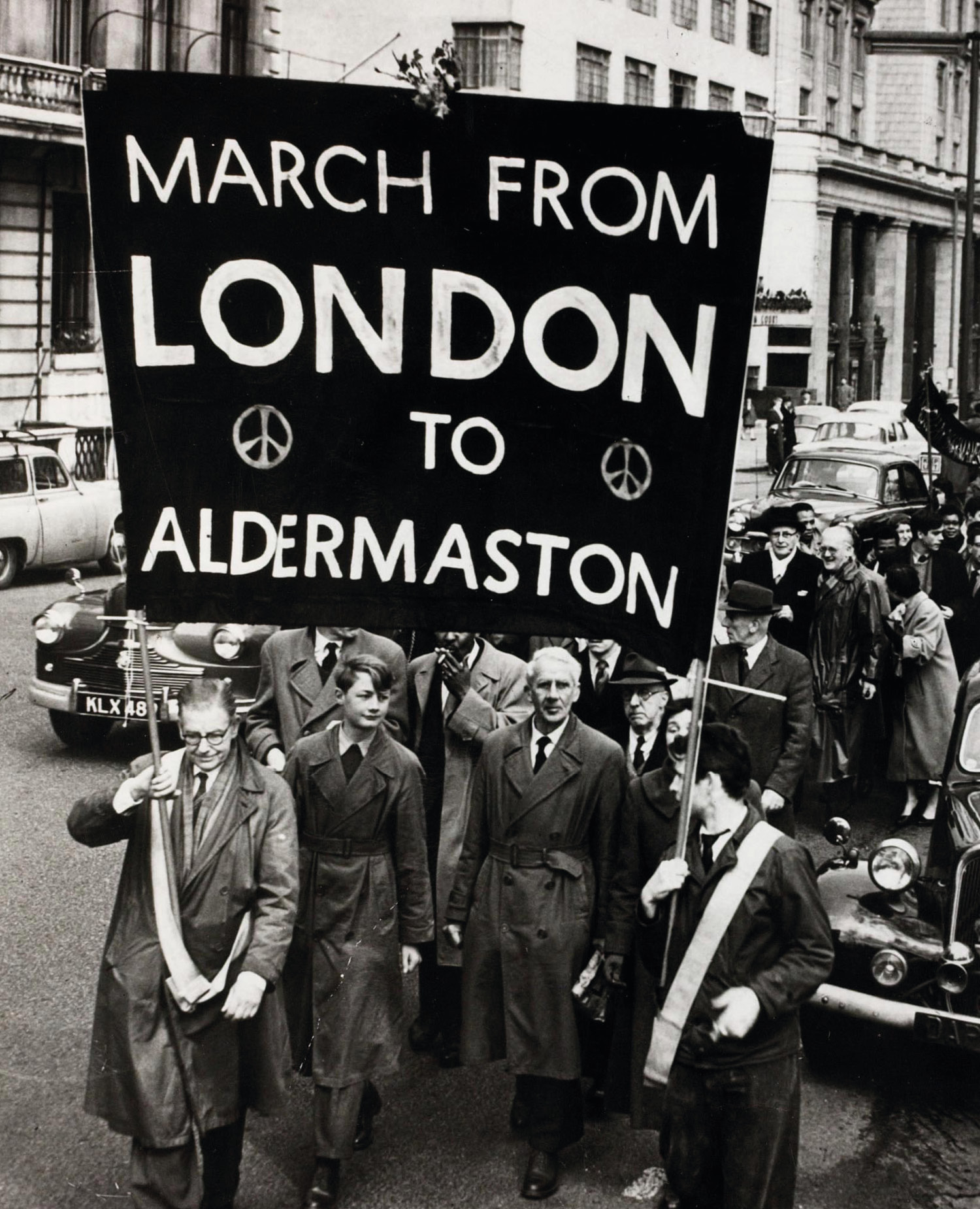
. Protesters from the Campaign for Nuclear Disarmament, wanting to Ban the Bomb, march through London on their way to the nuclear research base at Aldermaston, about fifty miles away, on 7 April 1958. The march became an annual event and CND grew rapidly in popularity helping to inspire demonstrations against nuclear weapons in other parts of Western Europe.
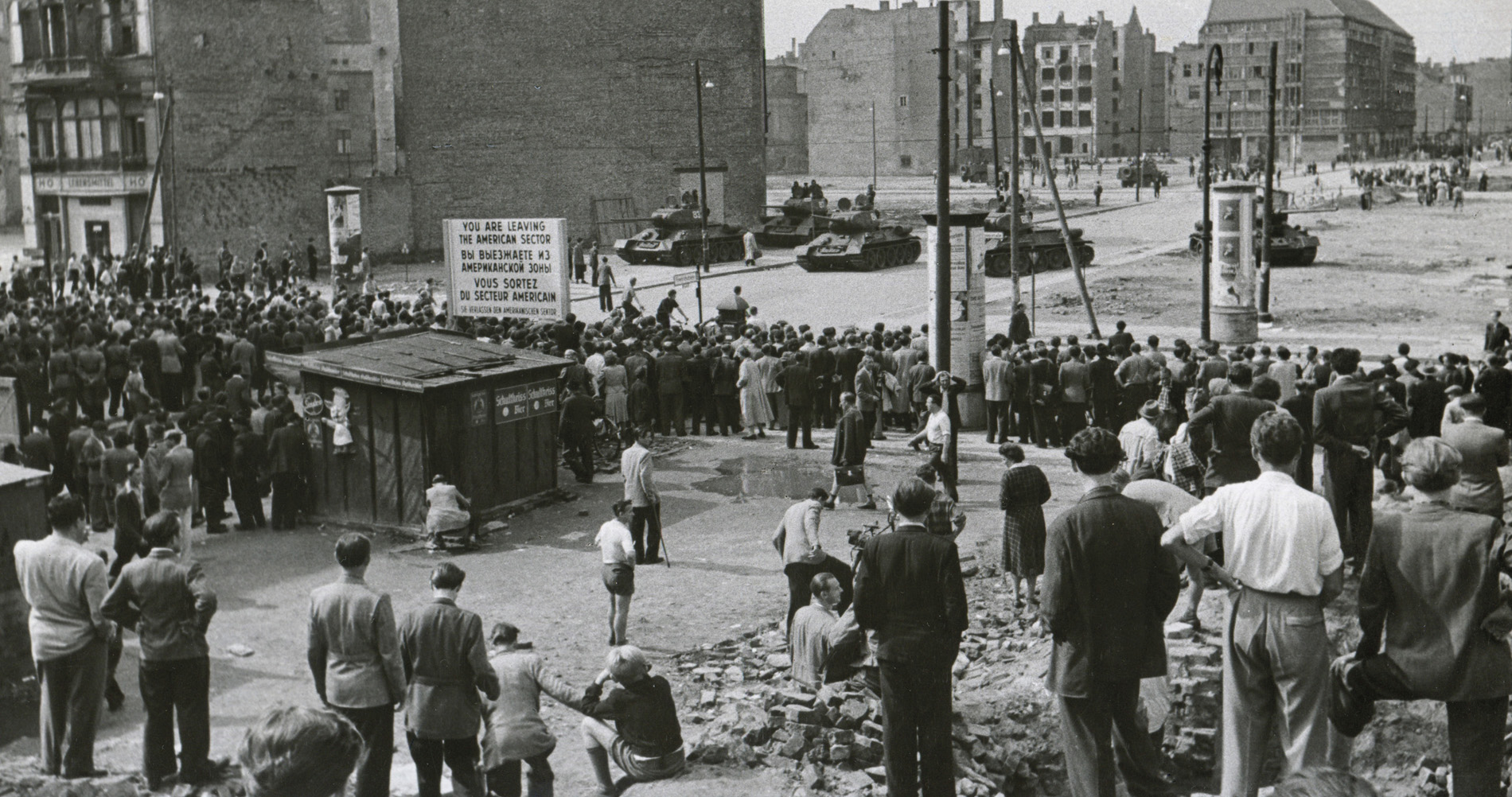
. A crowd of onlookers in West Berlin watch Soviet Army tanks at Checkpoint Charlie on 17 June 1953. That day, Soviet military might had been deployed to suppress the popular uprising against the East German regime, which threatened to undermine Communist rule.
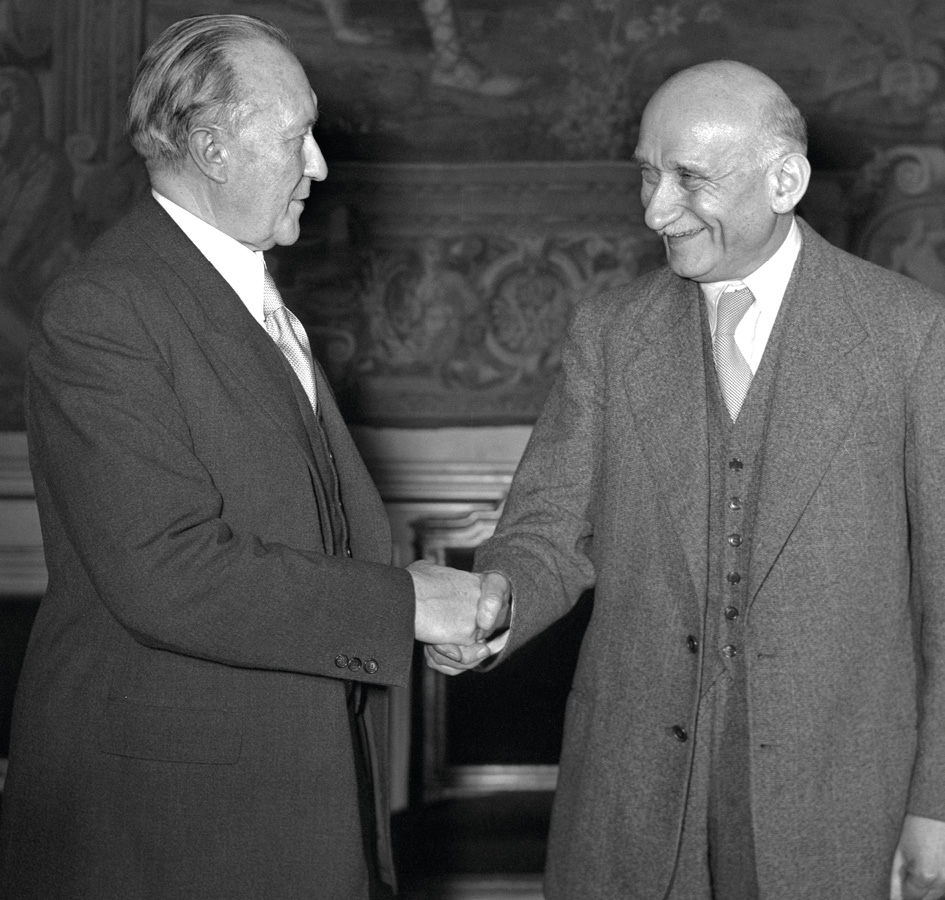
. The French Foreign Minister, Robert Schuman (
right), and the West German Chancellor, Konrad Adenauer, two of the main architects of postwar Western Europe, meet in Paris on 21 November 1951. Franco-German friendship was the basis of what would take shape as the European Economic Community (and eventually the European Union).
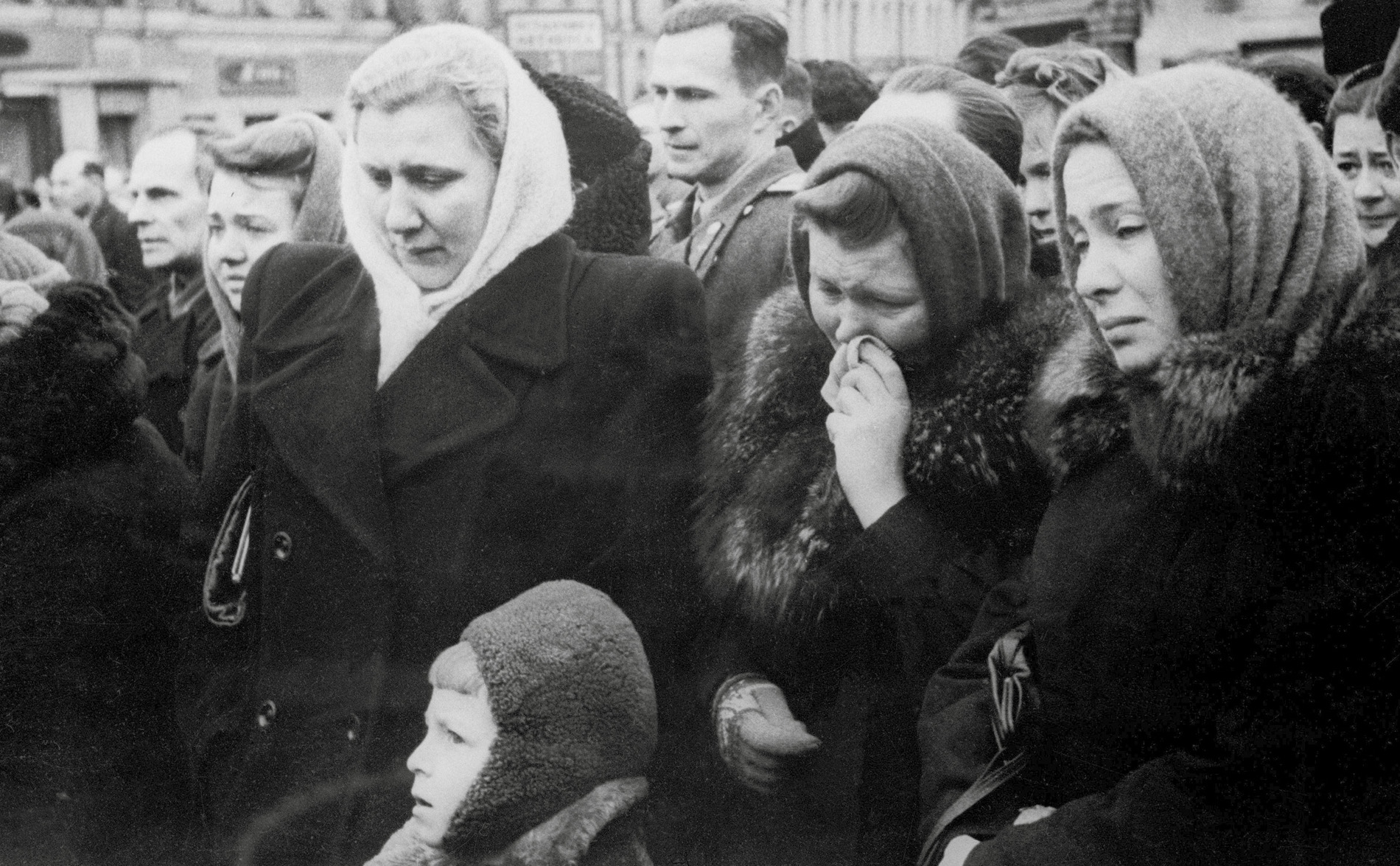
. Tears from women in Moscow at Stalins funeral on 9 March 1953. Huge numbers of citizens turned out in bitterly cold weather to mourn their former leader. For countless Soviet citizens, Stalin was a great war hero, not a cruel dictator.
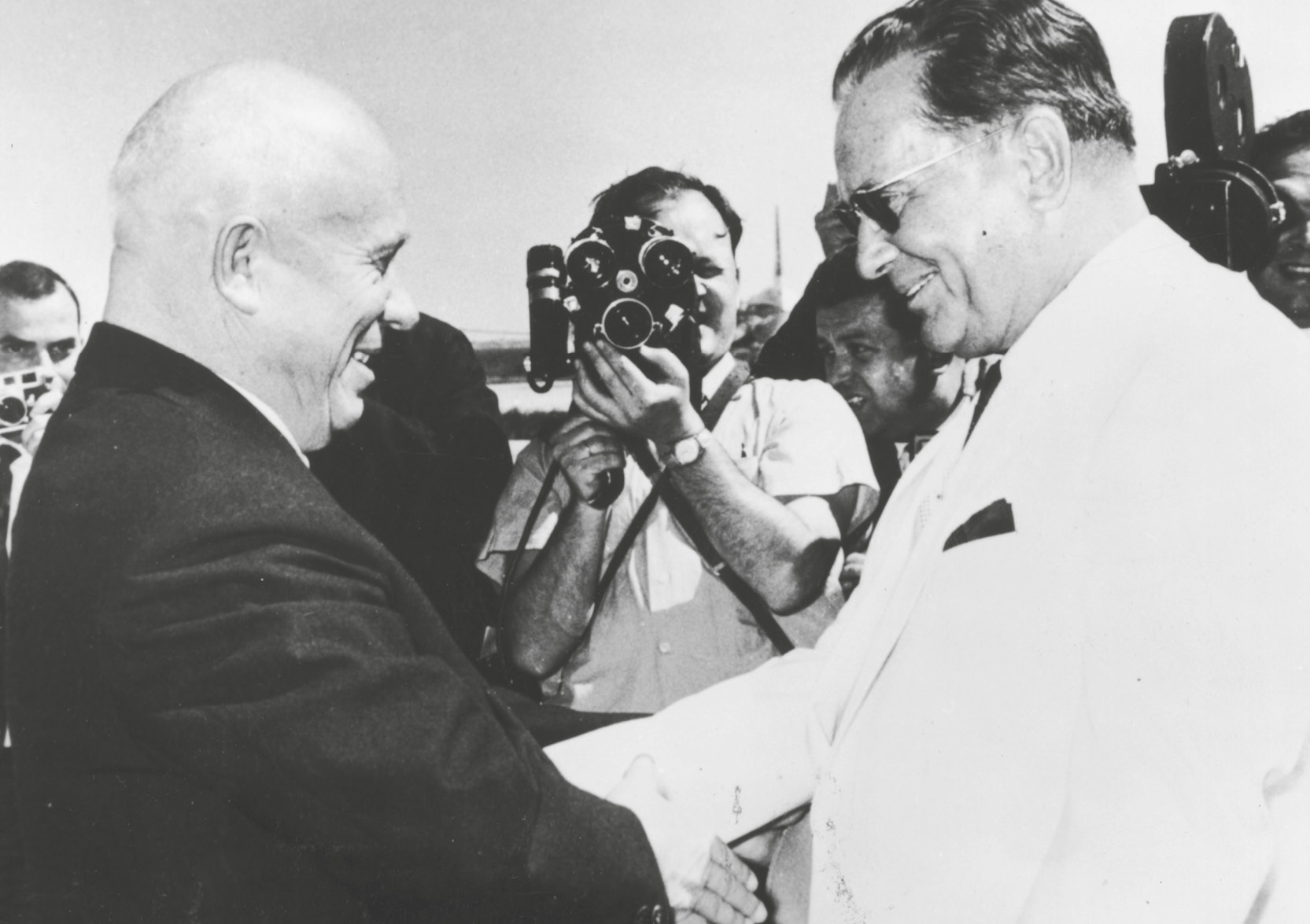
. Josip Broz Tito, the President of Yugoslavia, greets the Soviet leader Nikita Khrushchev as he arrives in Belgrade in 1963. The breach in relations between Yugoslavia and the Soviet Union, in existence since 1948, had been officially healed in 1955.
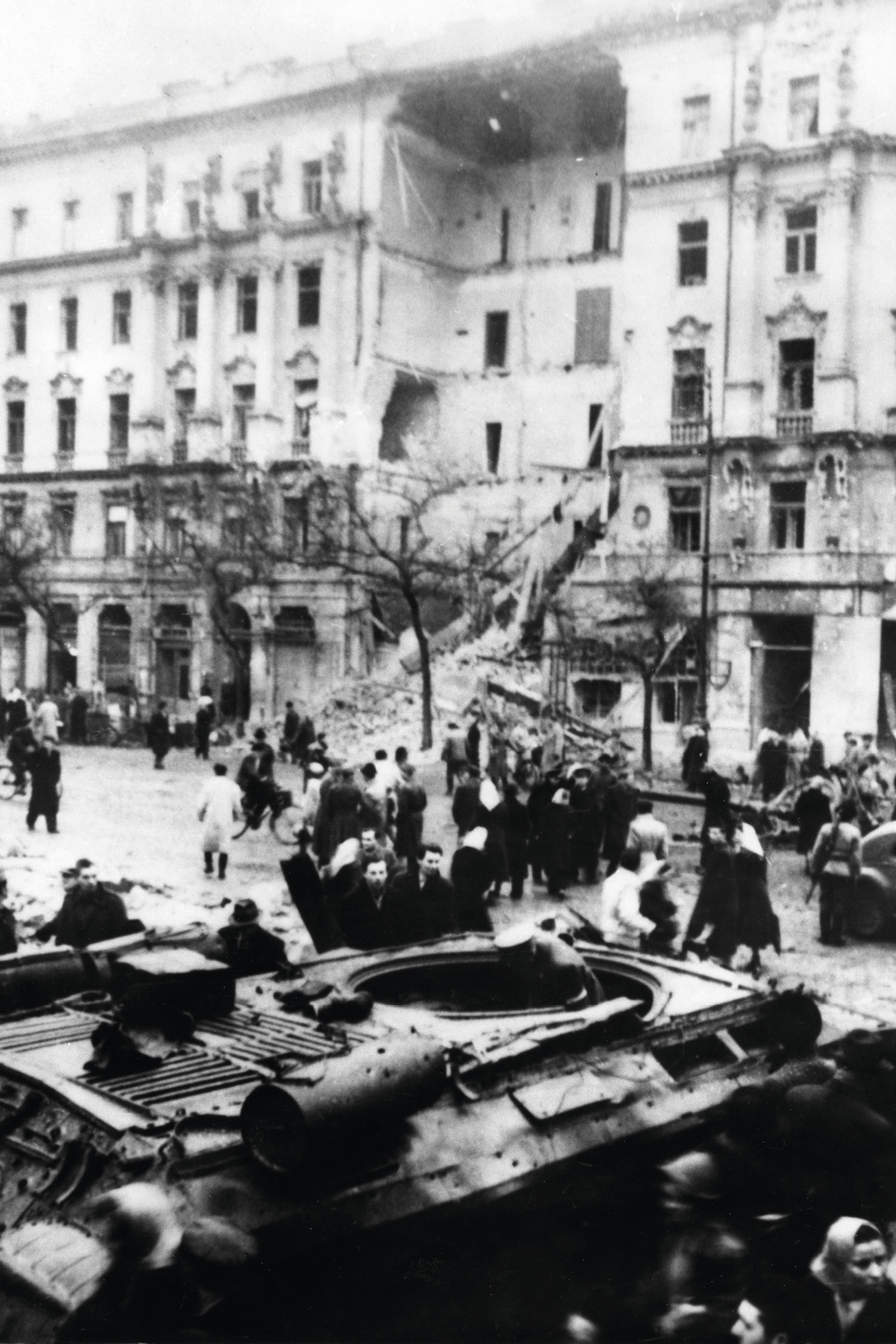
. A Soviet tank and a building in Budapest destroyed by heavy fighting during the Hungarian uprising of 1956. The brutal Soviet crushing of the uprising shocked the West and gravely damaged the image of the Soviet Union among former admirers, many of whom now ended their membership of western Communist parties.

. Algerian Harkis, whose former work for the French colonial regime forced them to flee independent Algeria, arrive at a refugee camp in Rivesaltes in southern France on 16 September 1962.
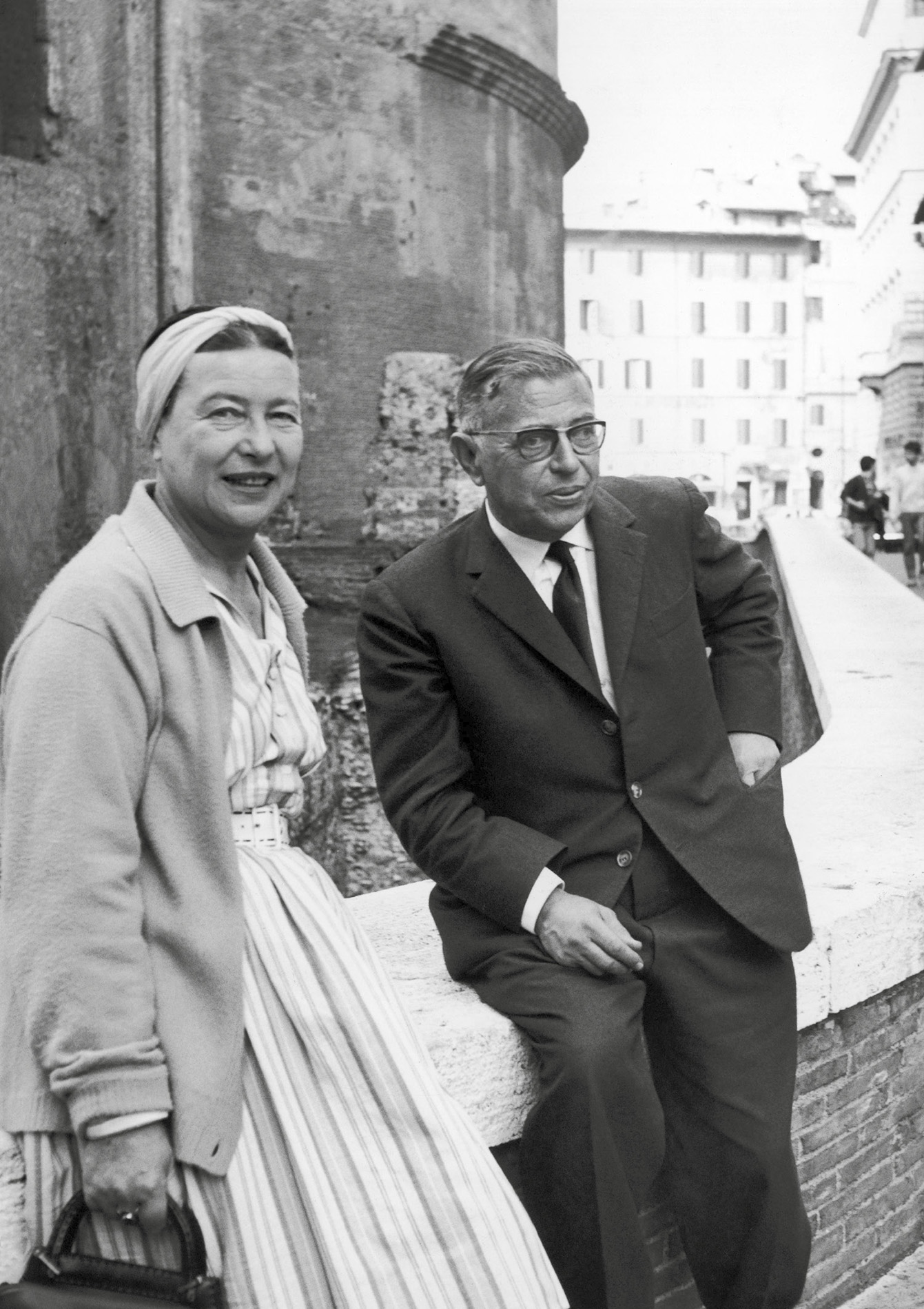

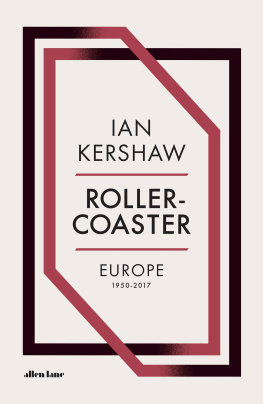
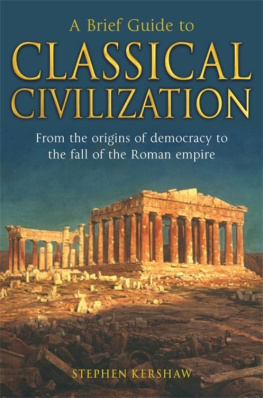

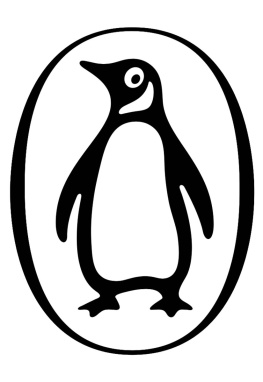

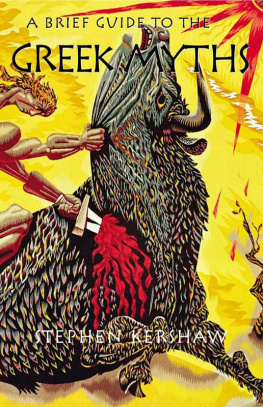

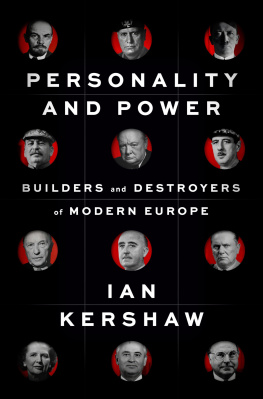


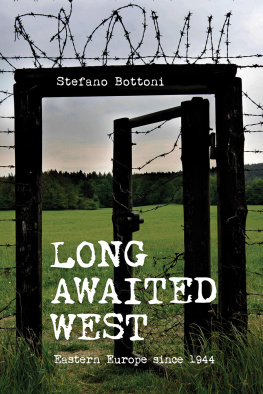
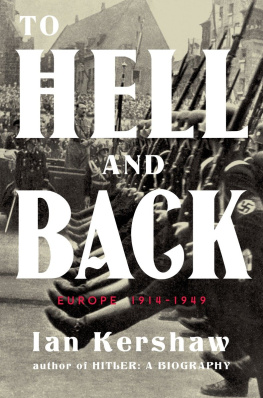
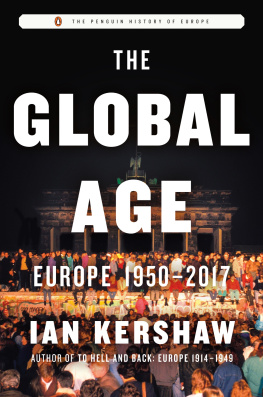
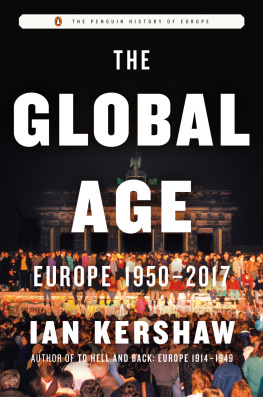
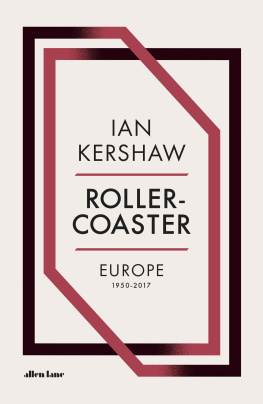

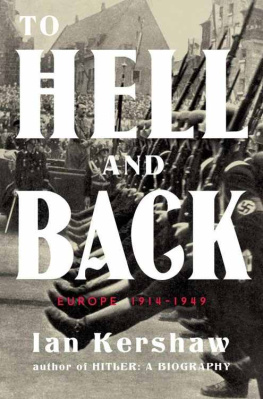

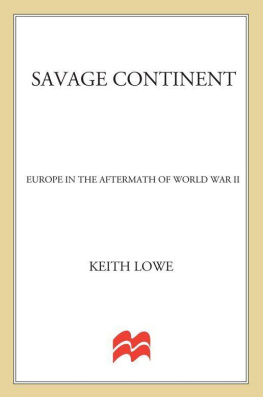


 . Protesters from the Campaign for Nuclear Disarmament, wanting to Ban the Bomb, march through London on their way to the nuclear research base at Aldermaston, about fifty miles away, on 7 April 1958. The march became an annual event and CND grew rapidly in popularity helping to inspire demonstrations against nuclear weapons in other parts of Western Europe.
. Protesters from the Campaign for Nuclear Disarmament, wanting to Ban the Bomb, march through London on their way to the nuclear research base at Aldermaston, about fifty miles away, on 7 April 1958. The march became an annual event and CND grew rapidly in popularity helping to inspire demonstrations against nuclear weapons in other parts of Western Europe. . A crowd of onlookers in West Berlin watch Soviet Army tanks at Checkpoint Charlie on 17 June 1953. That day, Soviet military might had been deployed to suppress the popular uprising against the East German regime, which threatened to undermine Communist rule.
. A crowd of onlookers in West Berlin watch Soviet Army tanks at Checkpoint Charlie on 17 June 1953. That day, Soviet military might had been deployed to suppress the popular uprising against the East German regime, which threatened to undermine Communist rule. . The French Foreign Minister, Robert Schuman (right), and the West German Chancellor, Konrad Adenauer, two of the main architects of postwar Western Europe, meet in Paris on 21 November 1951. Franco-German friendship was the basis of what would take shape as the European Economic Community (and eventually the European Union).
. The French Foreign Minister, Robert Schuman (right), and the West German Chancellor, Konrad Adenauer, two of the main architects of postwar Western Europe, meet in Paris on 21 November 1951. Franco-German friendship was the basis of what would take shape as the European Economic Community (and eventually the European Union). . Tears from women in Moscow at Stalins funeral on 9 March 1953. Huge numbers of citizens turned out in bitterly cold weather to mourn their former leader. For countless Soviet citizens, Stalin was a great war hero, not a cruel dictator.
. Tears from women in Moscow at Stalins funeral on 9 March 1953. Huge numbers of citizens turned out in bitterly cold weather to mourn their former leader. For countless Soviet citizens, Stalin was a great war hero, not a cruel dictator. . Josip Broz Tito, the President of Yugoslavia, greets the Soviet leader Nikita Khrushchev as he arrives in Belgrade in 1963. The breach in relations between Yugoslavia and the Soviet Union, in existence since 1948, had been officially healed in 1955.
. Josip Broz Tito, the President of Yugoslavia, greets the Soviet leader Nikita Khrushchev as he arrives in Belgrade in 1963. The breach in relations between Yugoslavia and the Soviet Union, in existence since 1948, had been officially healed in 1955. . A Soviet tank and a building in Budapest destroyed by heavy fighting during the Hungarian uprising of 1956. The brutal Soviet crushing of the uprising shocked the West and gravely damaged the image of the Soviet Union among former admirers, many of whom now ended their membership of western Communist parties.
. A Soviet tank and a building in Budapest destroyed by heavy fighting during the Hungarian uprising of 1956. The brutal Soviet crushing of the uprising shocked the West and gravely damaged the image of the Soviet Union among former admirers, many of whom now ended their membership of western Communist parties. . Algerian Harkis, whose former work for the French colonial regime forced them to flee independent Algeria, arrive at a refugee camp in Rivesaltes in southern France on 16 September 1962.
. Algerian Harkis, whose former work for the French colonial regime forced them to flee independent Algeria, arrive at a refugee camp in Rivesaltes in southern France on 16 September 1962.